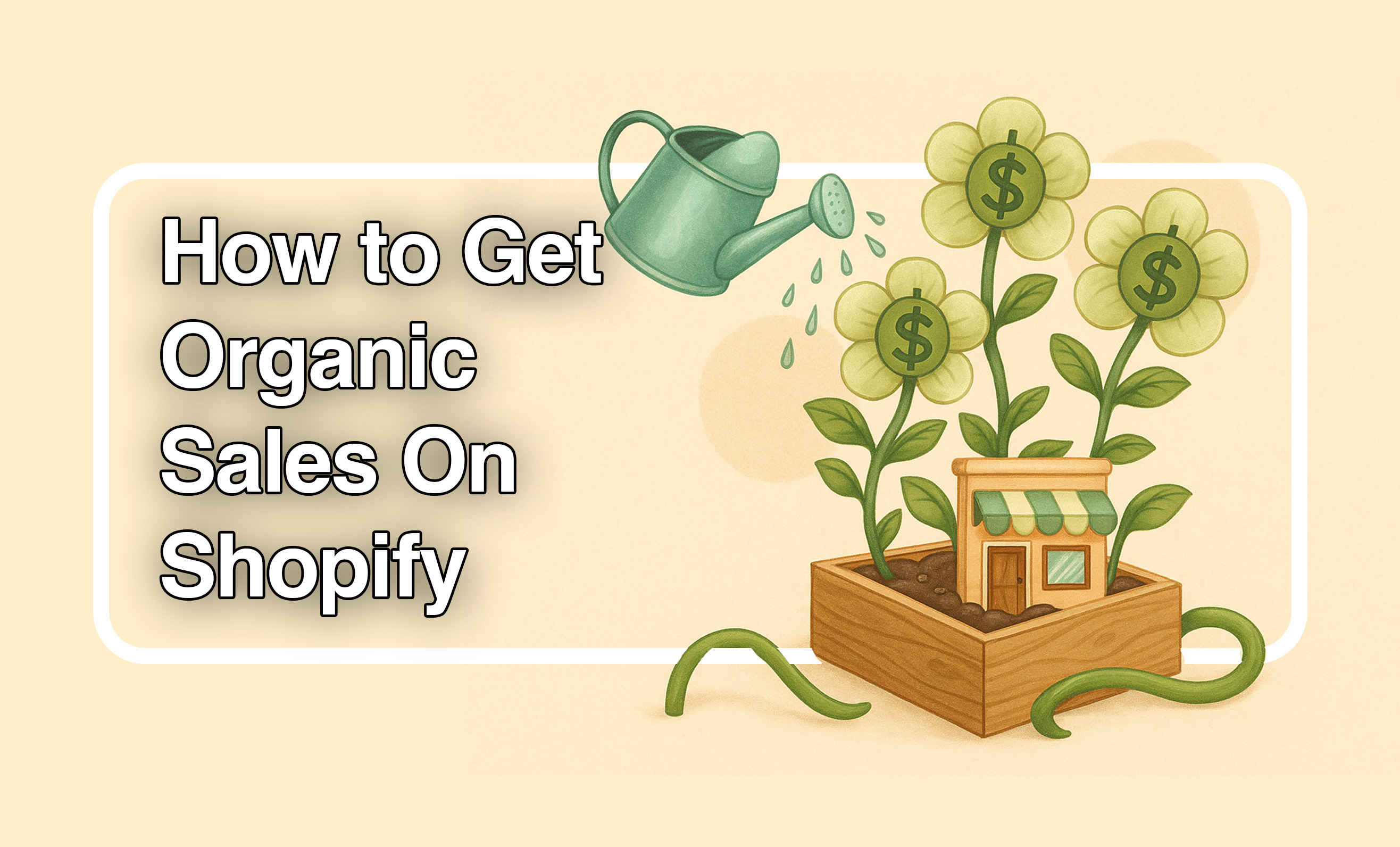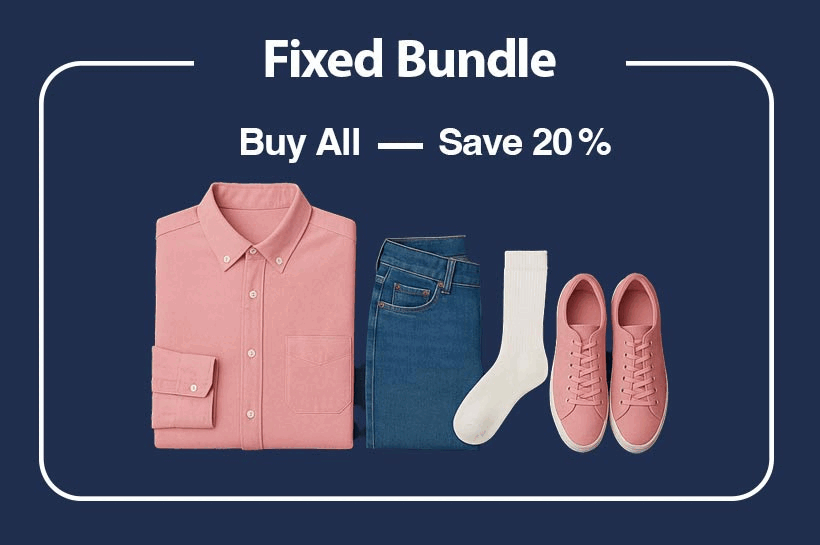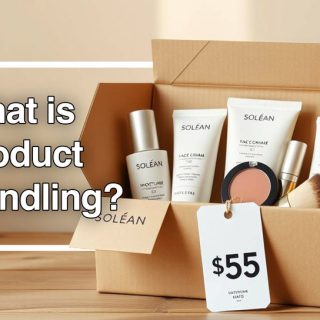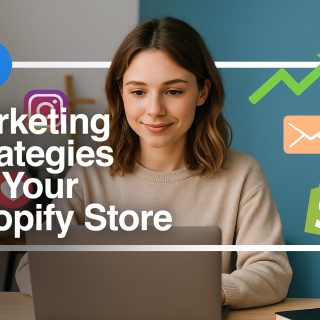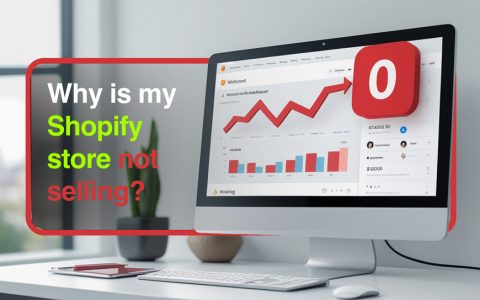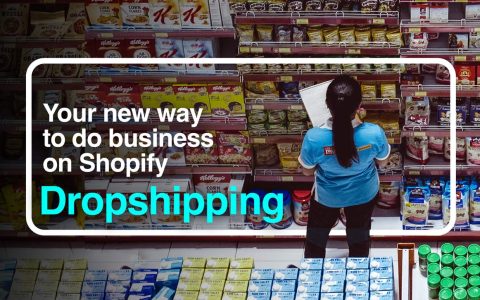“Organic Sales” or sales that are obtained within the natural and internal resources of your company, can often be overlooked. especially when you’re new to Shopify and tempted by every shiny paid campaign. But here’s the truth: organic sales are the backbone of long-term growth. They’re sustainable, cost-effective, and build stronger customer relationships over time. Organic sales are specially important when you consider them inside the sales funnel. Whats that? A step-by-step journey people take from discovering your brand to becoming a paying customer. It typically includes stages like awareness, interest, decision, and action—guiding potential buyers with the right message or offer at each point to increase the chances of a successful sale.
This guide is your beginner-friendly roadmap to building an organic sales Shopify funnel that actually works. No fluff, no jargon—just a step-by-step look at how to attract, engage, and convert visitors using smart content, SEO, email marketing, and more. If you’re a small business owner or marketer looking for sustainable Shopify success, you’re in the right place. Let’s get into it.
Before we dive into tactics, understanding sales funnel is e. A sales funnel shows how people move from strangers to loyal customers — and how your Shopify store should guide them every step of the way.
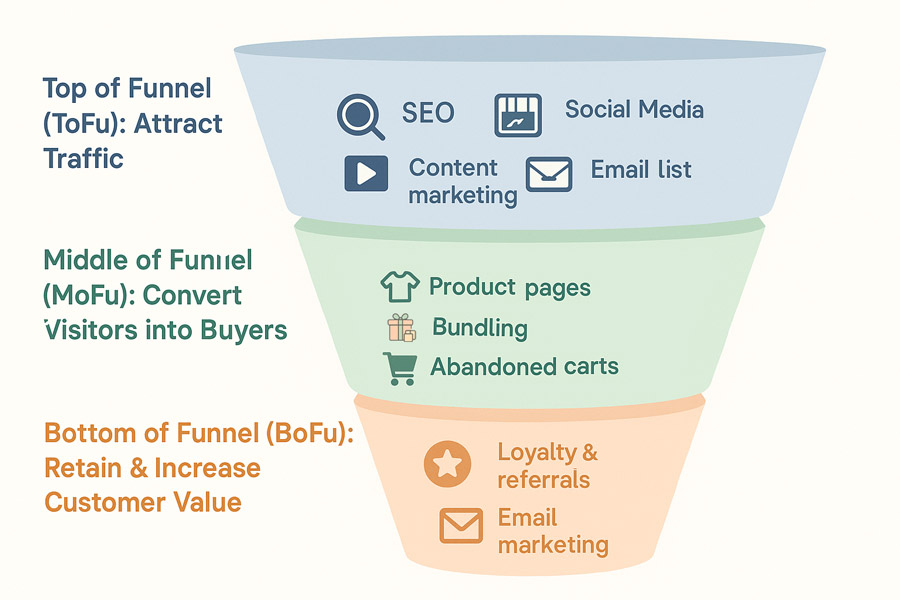
Step 1 – Get Organic Traffic to Your Shopify Store (Top of Funnel)
The top of your sales funnel—also known as the Top of Funnel (ToFu)—is where potential customers first discover your brand. At this stage, it’s all about visibility. People don’t know you yet and aren’t ready to buy, so your primary goal is to get noticed by as many relevant people as possible. Think of it like casting a wide net to attract a broad group of potential buyers who might eventually become customers. And here’s why it matters: if no one knows you exist, nothing else in your funnel will matter.

To start driving organic sales on Shopify, you need to consistently bring in high-quality traffic—without relying on paid ads. This means optimizing for search engines, leveraging social media, and building content that attracts the right audience. In short, your funnel can only convert if it has traffic to work with in the first place.
Use SEO to Rank on Google
Search engines are your best friend here. Do some keyword research to figure out what your customers are actually searching for. Optimize your product titles, meta descriptions, and image alt text so they show up on Google. Don’t skip the blog—it’s a great way to answer questions, tell stories, and bring in that sweet organic traffic over time. There are some apps you can use for this matter: like “Plug in SEO” in for Shopify stores.
Promote for Free with Social Media
Still wondering how to get traffic to your Shopify store without ads? Show up where your audience hangs out. Post on Instagram, make TikToks, pin to Pinterest, and join niche communities like Reddit threads or Facebook groups. Social content builds visibility and trust—no budget required.
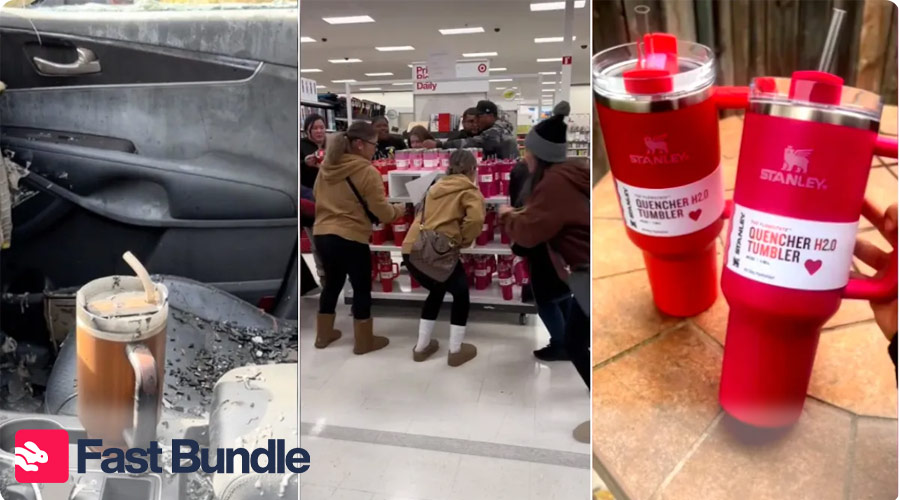
Take Stanley’s Quencher tumblers. They were around for years, but they weren’t a mainstream hit—until TikTok moms, influencers, and everyday users started posting about them. No big ad budget. Just real people sharing why they loved the product.
TikTok virality: Videos showing off colors, collections, and cup features went viral
User-generated content: Fans posted what fit in their cup holders, morning routines, and “restock alerts”
Niche communities: The cups became popular in #MomTok, wellness circles, and aesthetic home decor feeds
Influencer amplification: Creators weren’t paid at first—just excited to share a cool, functional product
Drive Traffic Through Content Marketing
Write helpful blog posts, film YouTube tutorials, or answer common product questions. Content that educates also converts—it brings traffic and builds authority.
Build an Email List Organically
Add email popups to your site, offer a small freebie or discount, and use exit-intent offers. It’s a low-cost way to nurture future buyers and, yes, drive organic sales on Shopify.
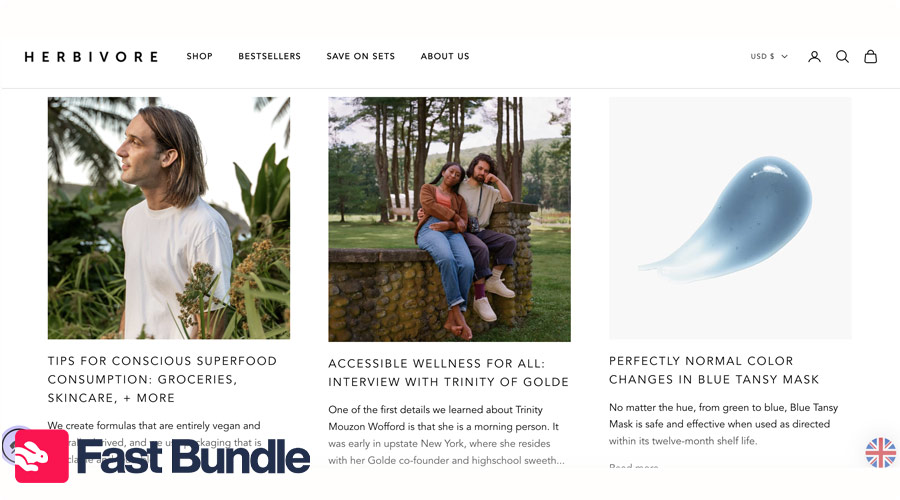
Example: Herbivore Botanicals, a clean beauty brand, built early traction by sharing educational content like “Accessible Wellness for All” on their blog and Pinterest. These posts naturally led readers to product pages, boosting organic traffic and sales. No paid ads—just smart content and consistent community engagement.
Step 2 – Convert Visitors into Buyers (Middle of Funnel)
Once people discover your brand through the top of your funnel, it’s time to move them further along the journey. This is where the Middle of Funnel (MoFu) comes in—your chance to build trust and help curious visitors become serious buyers. At this stage, your audience is no longer unaware. They’re evaluating options, reading reviews, and deciding whether your product is truly the right choice. Your job is to guide them with the right information, proof, and incentives.
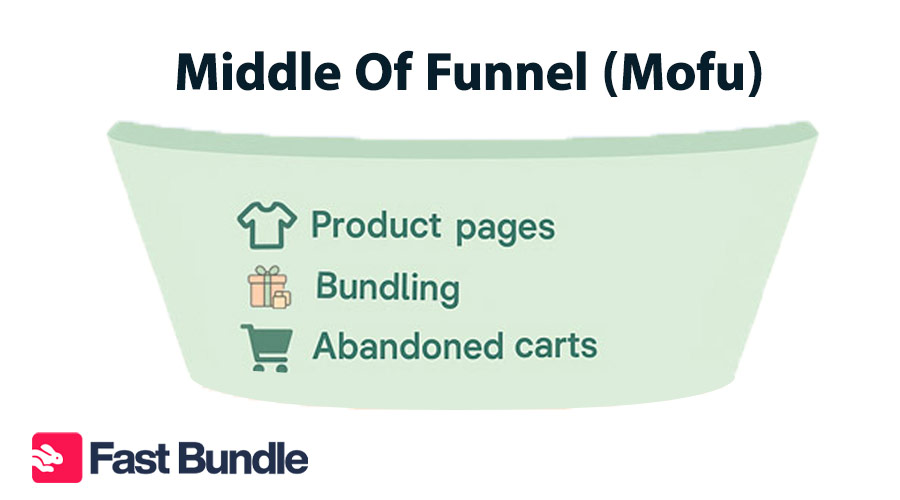
Converting traffic into customers is the key to sustainable growth. You’ve done the work to get people to your store—now you need to show them why they should buy from you. This means optimizing product pages, using social proof, offering helpful bundles or upsells, and reducing friction in the buying process. After all, traffic without conversion is just noise.
Optimize Product Pages for Conversion
Your product pages are your silent salespeople. Use clear, high-quality photos from multiple angles. Write descriptions that answer questions and make people feel something. Add trust badges, reviews, and guarantees—people buy when they feel safe.
Use Product Bundling and Upselling
Help shoppers buy more with less thinking. Bundling complementary items reduces decision fatigue and boosts average order value. Upsell smarter by offering slight upgrades or add-ons right before checkout. It’s a subtle nudge, not a hard sell.
Grow Sales Naturally!
Start Bundling
With Fast Bundle!

Recover Abandoned Carts
Shoppers leave for all sorts of reasons—but many come back with the right nudge. Set up abandoned cart emails, use gentle exit-intent popups, and offer time-sensitive discounts to win them over.
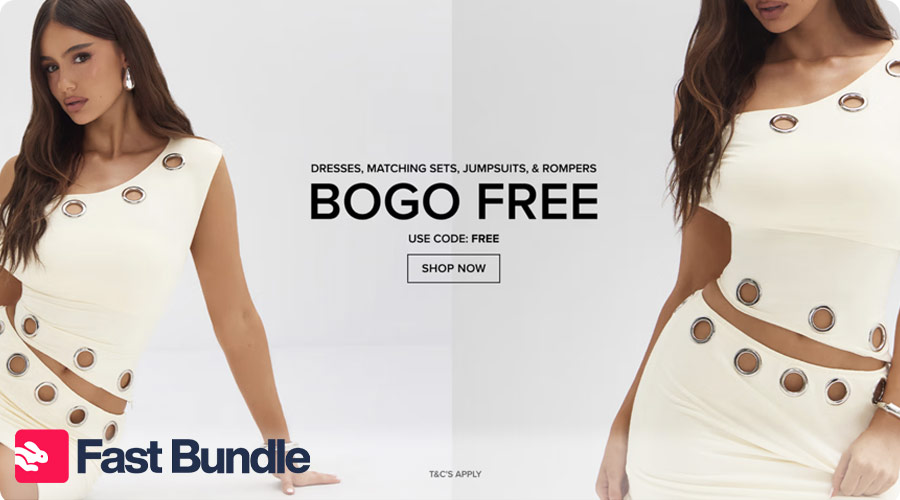
Example: Think of Fashion Nova. They’ve already hooked their audience with eye-catching social media ads (ToFu). Now, on their website and through their email marketing, they focus on MoFu tactics:
Tons of product photos from different angles
Influencer and customer photos wearing the outfits
Reviews with size and fit info
Email reminders when you leave something in your cart
Limited-time discount codes
“Buy now, pay later” options like Klarna
All of this helps turn a casual browser into a buyer. Fashion Nova isn’t just showing clothes — they’re showing why it’s the right fit for you, both literally and emotionally.
Step 3 – Retain & Increase Customer Value (Bottom of Funnel)
At the Bottom of Funnel (BoFu) stage, the focus shifts from acquiring new customers to nurturing the ones you already have. This is where real long-term growth happens—by turning first-time buyers into loyal, repeat customers and brand advocates. You’ve already gained their trust and made the first sale; now it’s time to build on that momentum and deepen the relationship.

Why does this matter? Because it’s more cost-effective to retain a customer than to acquire a new one. Increasing repeat purchases and encouraging referrals not only boosts your revenue, but also strengthens your brand’s credibility. A loyal customer base that shares your product with others is the most organic and sustainable sales engine you can build on Shopify.
Set Up Loyalty & Referral Programs
Use apps like Smile.io or ReferralCandy to reward customers for repeat purchases and referrals. People love perks—and they’ll market for you.
Use Email Marketing to Stay Engaged
Set up post-purchase emails, promo updates, and restock alerts. These keep your brand top-of-mind and help you grow organic sales on Shopify over time.
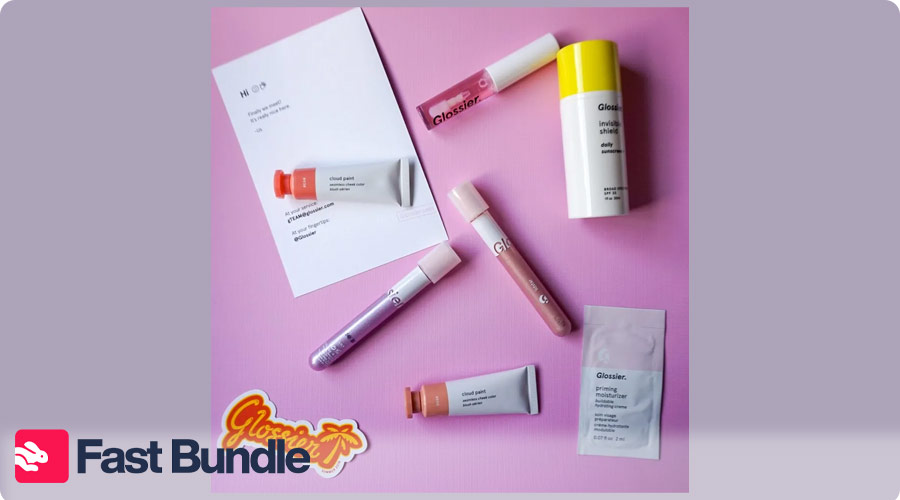
Example: Glossier sends a follow-up email after purchase with a 10% discount for the next order and a referral link. Customers earn store credit when a friend makes their first purchase—boosting both repeat sales and word-of-mouth growth at the bottom of the funnel.
Grow Your Organic Sales: Tell a Story
No matter where someone is in your sales funnel, storytelling makes your brand memorable. Whether it’s a TikTok that grabs attention, a product page that builds trust, or a follow-up email that brings them back, people connect with stories more than sales pitches. Focus on creating content that feels personal, helpful, and human. That’s how you grow organic traffic—and turn clicks into loyal customers without relying on ads.
FAQ
How long does it take to get organic sales on Shopify?
Organic sales usually take a few weeks to months, depending on your niche, SEO efforts, and how consistently you drive free traffic. It’s a long-term strategy, but results are more sustainable than paid ads.
Can I grow my Shopify store without spending on ads?
Yes! Through SEO, social media, email marketing, and content creation, you can build traffic and generate sales with zero ad spend. Many successful brands start this way and scale organically.
What are the best free tools for boosting organic sales?
Some great options include:
- Ubersuggest for keyword research
- Canva for creating social media graphics
- Shopify Email for email marketing
Pinterest and Instagram for traffic generation
How do I know if my organic strategy is working?
Track your traffic sources in Shopify Analytics or Google Analytics. Look for increases in organic traffic, time on site, and conversion rates. Steady growth in those areas signals progress.
